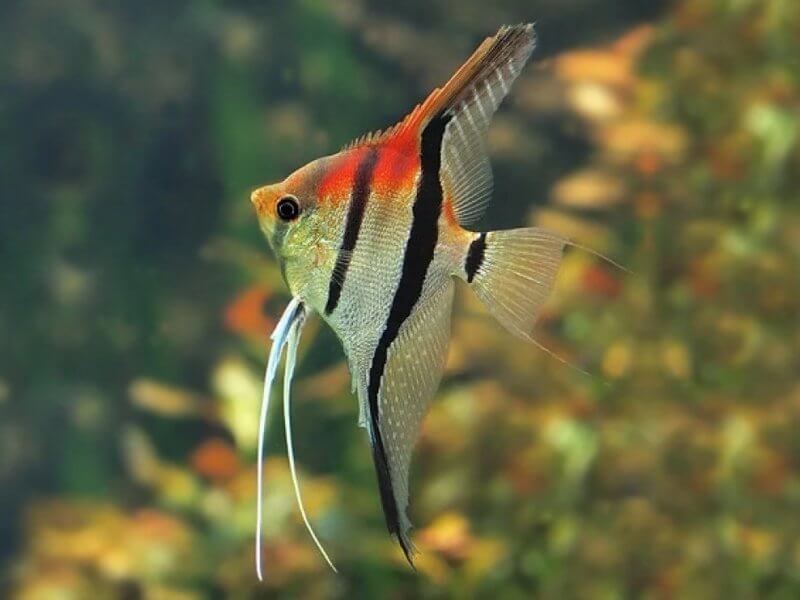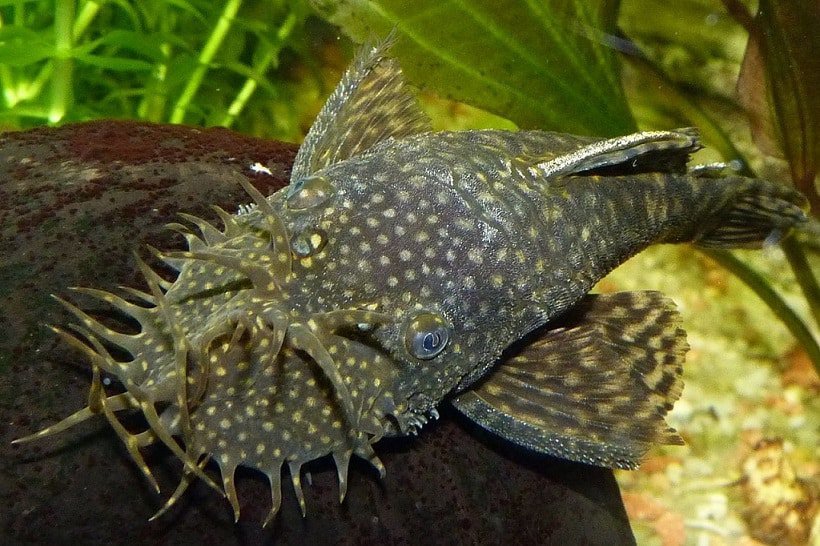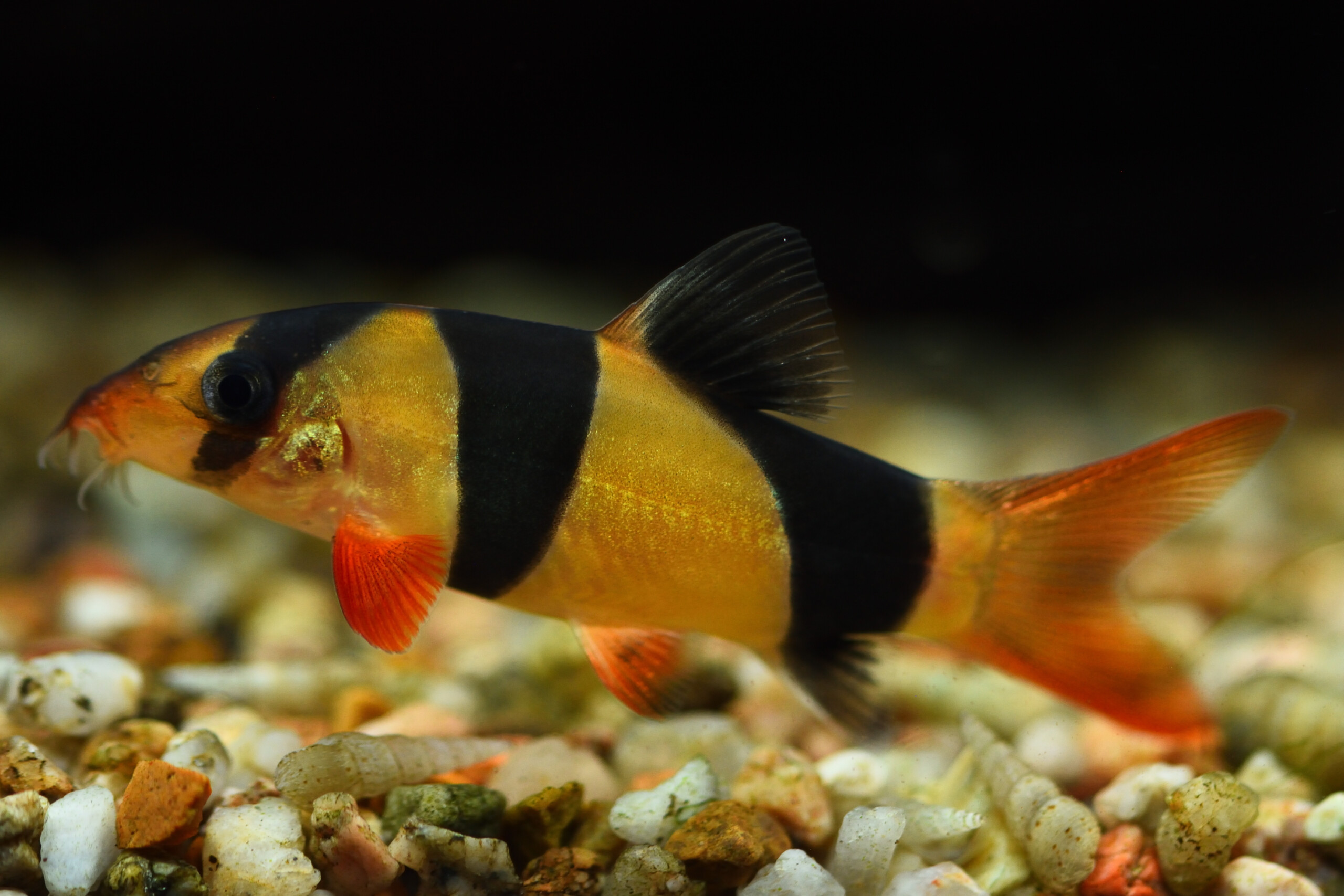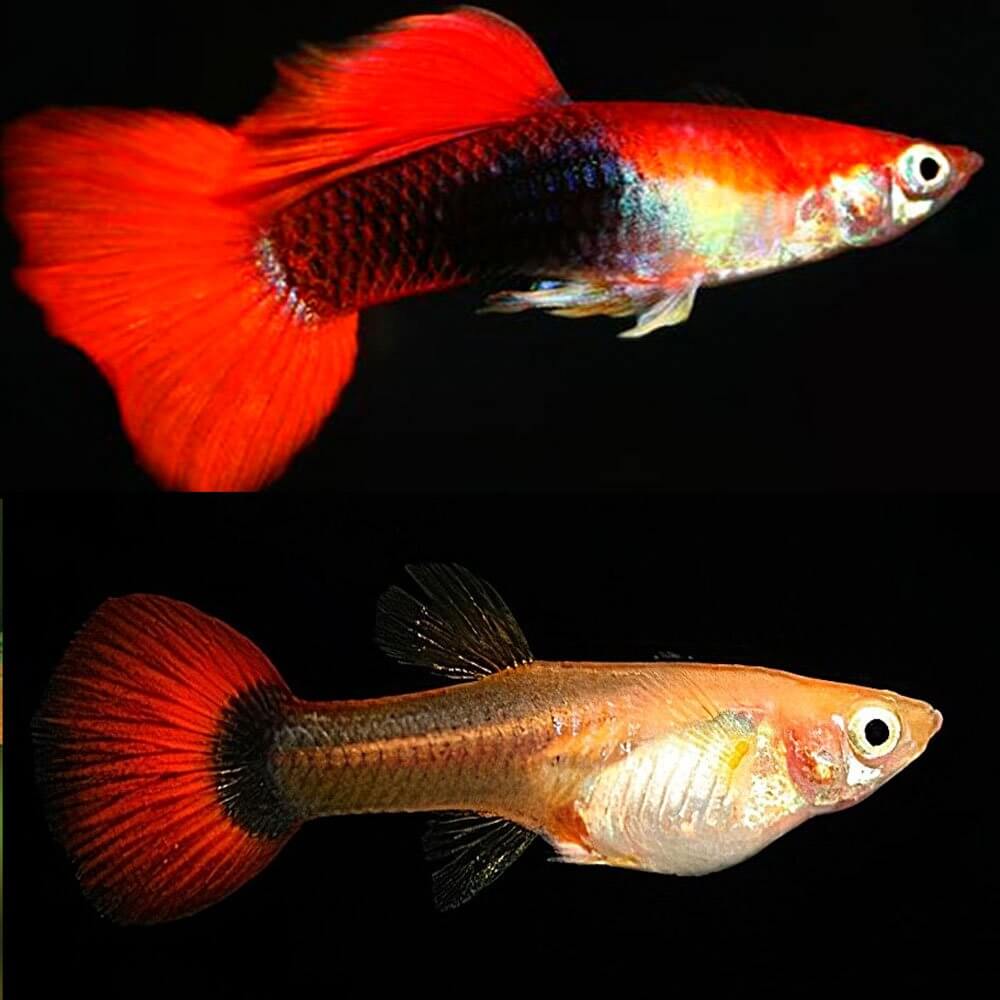The Black Molly (Poecilia sphenops) is one of the most popular and versatile aquarium fish, beloved for its peaceful temperament, adaptability, and stunning all-black appearance. Native to the warm waters of Central and South America, the Black Molly thrives in both freshwater and lightly brackish environments, making it an excellent choice for diverse aquarium setups.
🌿 Appearance and Behavior
This fish is characterized by its deep black coloration, sleek body shape, and lively swimming style. Males are typically slimmer with larger dorsal fins, while females tend to be rounder. They are social and active swimmers, often seen exploring every corner of the tank.
💦 Care and Maintenance
Black Mollies prefer clean, well-filtered water and do best in tanks with stable water parameters. Adding a small amount of aquarium salt (if compatible with other tankmates) can help replicate their natural habitat and maintain health. Regular water changes (20–25% weekly) are essential.
🧬 Feeding Habits
As omnivores, they enjoy a balanced diet of high-quality flake or pellet food, supplemented with vegetables like blanched spinach or zucchini, and occasional live or frozen treats (brine shrimp, daphnia).
🐣 Breeding Information
Being livebearers, female mollies give birth to fully developed fry rather than laying eggs. With proper conditions and hiding spots (like dense plants or breeding boxes), breeding occurs easily in home aquariums.
🫧 Tank Companions
Black Mollies are peaceful and compatible with other non-aggressive species like guppies, platies, swordtails, tetras, and corydoras catfish. Avoid aggressive or fin-nipping tankmates.
🏡 Ideal Aquarium Setup
A 20-gallon tank or larger is recommended, with plenty of plants, open swimming space, and a gentle filtration system. Moderate lighting helps bring out their dark shine beautifully.





Reviews
There are no reviews yet.